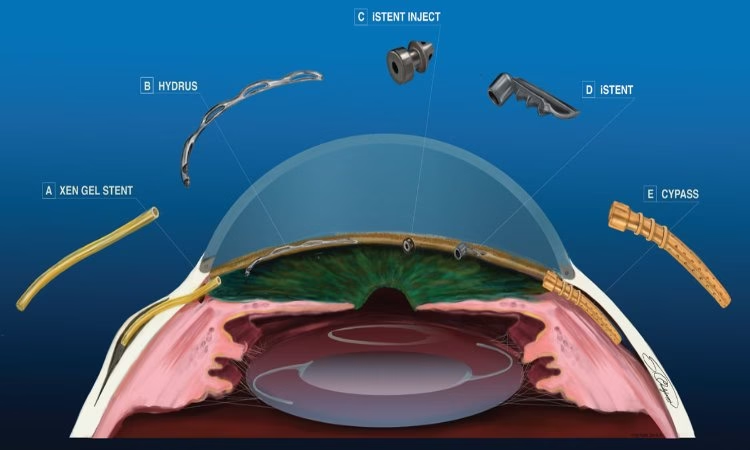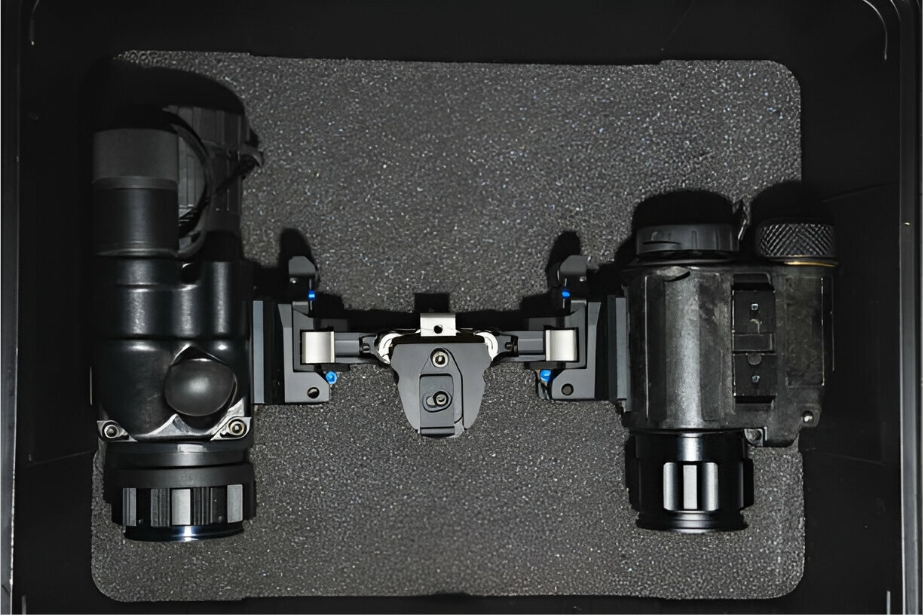One of the major causes of non-reversible blindness in the entire globe is glaucoma commonly referred to as the silent thief of sight. It occurs over time and affects the optic nerve, and typically, this occurs because of an elevation in the pressure in the eye. The disease has been managed through traditional treatment options of medications, laser therapy, and surgery. Nonetheless, there is an even more advanced and modernized method of glaucoma treatment called Minimally Invasive Glaucoma Surgery (MIGS). This is shifting the paradigm of glaucoma treatment among physicians and patients.
What Is MIGS?
Minimally Invasive Glaucoma Surgery (MIGS) can be described as a set of currently used surgery techniques that aim to reduce the intraocular pressure (IOP) with little impact on the eye. As compared to the conventional glaucoma surgeries with larger incisions and extended recovery period, MIGS has become a more effective procedure that involves small incisions. This procedure uses microscopic tools to augment the natural drainage of the eye.
The primary goal is to lower the pressure in the eye without jeopardizing the structural integrity of the eye or causing any discomfort to the patient. MIGS is commonly done as a part of cataract surgery, which enables two issues, including vision clouding and eye pressure to be treated during one surgery.
How It Works
Aqueous humour is a fluid that is continuously produced by the eye, and serves as a nutrient to the internal tissues. It provides balance to the pressure. In glaucoma the fluid fails to drain normally resulting in accumulation of pressure which destroys the optic nerve. The MIGS procedures bring back balance by opening up or establishing new drainage avenues, placing mini stents or simply altering the existing tissue.
There are various methods of MIGS among which there are:
- Trabecular micro-bypass stents: Small implants which are used to assist the movement of fluids in the natural drainage system of the eye.
- Canaloplasty or goniotomy: the method of cleaning or enlarging existing drainage channels.
- Suprachoroid shunts: Equipment that enables fluid to pass on to other areas at the eye.
The techniques are all carried out with high precision instruments under an operating microscope so that minimal trauma is applied and the healing is quick.
Key Advantages of MIGS
MIGS has been popular due to the fact that it drives out the gap between medication and standard surgery leading to a number of unique benefits:
- Less invasive: Tiny incisions are made and so tissue damage is minimal.
- Quick recovery: It takes only a few days to get patients back to normal daily activities.
- Less risk: The risk of infection, bleeding or scarring is greatly decreased.
- Combination benefit: MIGS may be carried out at the time of cataract surgery and this saves time and effort.
- Lower reliance on drugs: A significant number of patients report the presence of stable eye pressure and the absence or lower use of drops.
These advantages render MIGS especially appropriate to the group of people with mild to moderate open-angle glaucoma. It also helps those who are unable to ensure regular intake of medicine.
Who Can Benefit
MIGS is the most suitable among patients who need to have improved pressure management but have not yet reached a stage where major surgeries are needed. It’s particularly recommended for people diagnosed early or those undergoing cataract surgery who also have glaucoma. Nevertheless, patients with progressive disease or severe damage of the optic nerve might require more conservative surgical procedures to be successfully controlled.
It would be required to have a thorough eye check to confirm suitability. Experts determine the extent of pressure, health of optic nerves and general eye health to prescribe MIGS.
The Procedure and Recovery
The operation lasts approximately less than 30 minutes and is also done under local anaesthesia. The majority of patients have a minor level of discomfort and may go home the same day. There may be some mild irritability or blurred vision temporarily, although it goes away in a couple of days. The follow-up visits are conducted to ensure that the eye pressure is stable and recovery is progressing.
A New Direction in Eye Care
Other institutions like Dr Agarwal’s Eye Hospital in India have been one of the first in adopting MIGS. The patients have access to a high level of glaucoma care with a focus on comfort and safety. Organisations nowadays evaluate every case individually, balancing innovation with personalised treatment.
Seeing the Future Clearly
MIGS is a significant breakthrough in glaucoma management, which offers an excellent system of pressure control at a minimum risk. It is a process, which does not only help in safeguarding sight but also improves a quality of life by minimizing reliance on drugs.
In the case of glaucoma patients, early consultation and awareness of newer treatment options can make a lasting difference. Taking care of your vision now means that you will be able to see the world in all its splendor, with confidence, and comfort.






